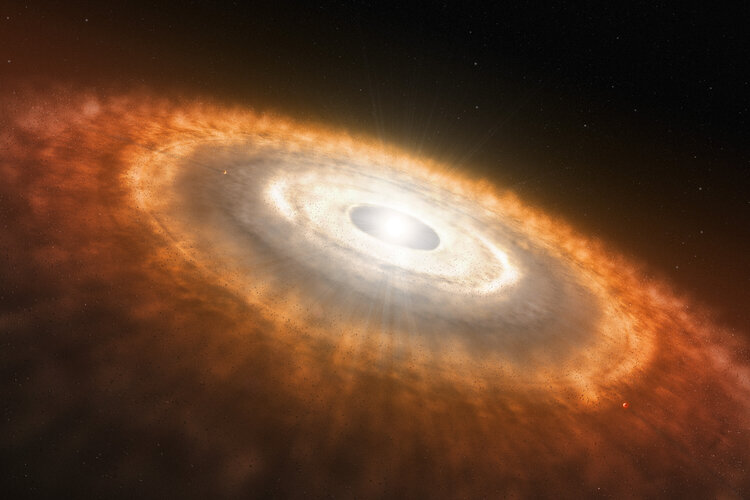
These results are good news for rocky planet formation, as the science team finds that the conditions in the inner disc resemble those found in the well-studied discs located in nearby star-forming regions, where only low-mass stars form. This suggests that rocky planets can form in a much broader range of environments than previously believed.
The team notes that the remaining observations from the XUE programme are crucial to establishing the commonality of these conditions.
“XUE1 shows us that the conditions to form rocky planets are there, so the next step is to check how common that is,” says Ramírez-Tannus. “We will observe other discs in the same region to determine the frequency with which these conditions can be observed.”
These results have been published in The Astrophysical Journal.
More information
Webb is the largest, most powerful telescope ever launched into space. Under an international collaboration agreement, ESA provided the telescope’s launch service, using the Ariane 5 launch vehicle. Working with partners, ESA was responsible for the development and qualification of Ariane 5 adaptations for the Webb mission and for the procurement of the launch service by Arianespace. ESA also provided the workhorse spectrograph NIRSpec and 50% of the mid-infrared instrument MIRI, which was designed and built by a consortium of nationally funded European Institutes (The MIRI European Consortium) in partnership with JPL and the University of Arizona.
Webb is an international partnership between NASA, ESA and the Canadian Space Agency (CSA).
Contact:
ESA Media relations



